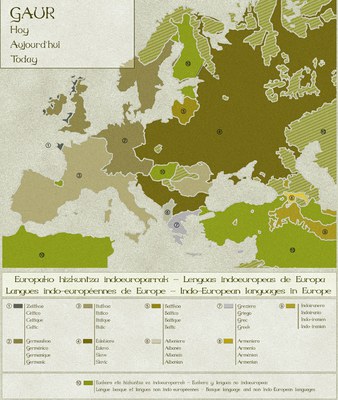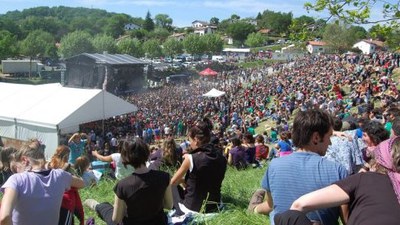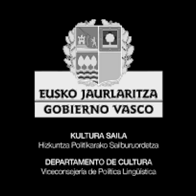The language
Basque is unique language, clearly marked out from the Indo-European languages which surround it.

The singularity of Basque lies in its syntax. Apart from this, a number of dialects of the language exist.
- All the letters are pronounced
- The current alphabet does not use the letters c, q, v,w or y in Basque words
- There is no gender
- Basque that is used today contains words that have come from proto-Euskara and from other languages
Prince Louis Lucien Bonaparte carried out an important study of these in 1863 and classified them thus: Bizkaiera (Biscay); Gipuzkera (Gipuzkoa); Upper (Northern) Nafarrera, north of the Pyrenees; Lapurtera (in Labourd); Lower (Western) Nafarrera and Lower (Eastern) Nafarrera, both on the south side of the Pyrenees and Zuberera (in Soule).
The map recently drawn up by researcher Koldo Zuazo refers only to six dialects.
The Euskaltzaindia or Basque Academy of Letters was created in 1918 with the aim of preserving, carrying out research on and spreading knowledge and use of the Basque language.
In 1968 the Academy decided to officially lay down the criteria for the unification of the Basque language: "euskara batua" or unified Basque was born. This unification and standardisation has been an essential instrument for Basque to overcome the challenges posed by contemporary society.

 In this directory you will find
In this directory you will find  The Etxepare Basque Institute has published the Basque-English version of the book
The Etxepare Basque Institute has published the Basque-English version of the book 




